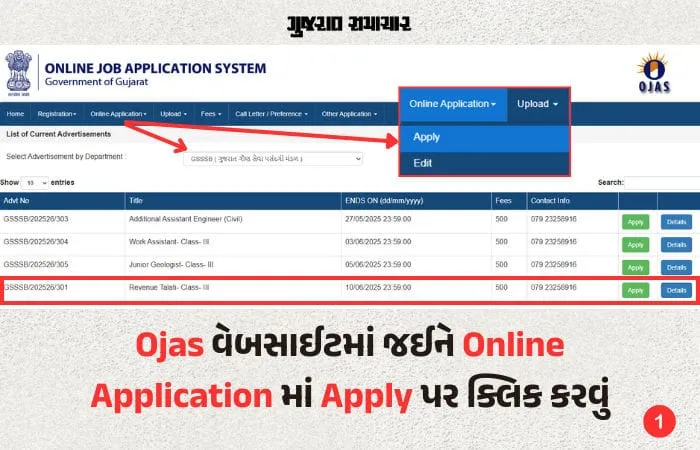The Good, The Bad & The Ugly – A Realistic Review of Today’s Digital News Landscape
Introduction

In today’s era, information flows faster than ever before. With just a few taps, we can access global news, live updates, and expert opinions. But this access comes with its own set of complexities. While digital news media has revolutionized the way we consume information, it has also sparked debates on credibility, sensationalism, and misinformation.
Let’s take an in-depth look at the Good, the Bad, and the Ugly sides of today’s digital news ecosystem.
THE GOOD
1. Accessibility and Reach
One of the most significant advantages of digital media is its wide accessibility. People from remote villages to urban centers can now access breaking news, educational articles, and global events in seconds. With a smartphone and internet connection, the entire world becomes your newsroom.
News websites like India News Insider provide regional and national updates, making sure every voice, no matter how distant, gets a platform.
2. Real-Time Reporting
Gone are the days when people waited for the morning newspaper or evening TV news. Thanks to live updates and real-time coverage, people stay informed as events unfold. Social media integration, live blogs, and instant push notifications ensure audiences never miss a beat.
3. Diverse Voices and Opinions
The digital realm allows space for all voices – from seasoned journalists to citizen reporters. It democratizes information, offering platforms for marginalized communities, independent journalists, and niche writers.
This diversity adds richness to our understanding, pushing readers to explore multiple perspectives rather than relying on a single narrative.
4. Interactive and Multimedia Experience
With the advent of digital tools, news consumption has become engaging. Videos, infographics, polls, podcasts, and animations enhance the storytelling experience. These formats help break down complex topics like economic reforms or international conflicts into digestible content.
5. Customizable News Experience
Algorithms allow readers to curate their newsfeed according to interests – be it politics, sports, entertainment, or business. Personalized newsletters and app notifications keep users updated without overwhelming them.
THE BAD
1. Information Overload
While accessibility is a boon, it has led to information overload. The average user is bombarded with notifications, articles, ads, and opinion pieces every hour. This excess leads to fatigue and can result in people disengaging completely.
2. Decline of Investigative Journalism
Quality journalism takes time, resources, and editorial freedom. Unfortunately, many digital outlets focus on clicks and speed, often at the cost of deep-dive investigations. This shift affects accountability journalism – the very foundation of a healthy democracy.
3. Sensationalism for Clicks
“Breaking News!” has lost its weight. Many media outlets now sensationalize headlines to attract traffic – a practice known as clickbait. Misleading thumbnails and exaggerated titles blur the line between news and entertainment, affecting public trust.
4. Lack of Editorial Standards in Some Portals
With thousands of websites springing up, not all adhere to journalistic standards. Some news platforms publish unchecked content, opinion pieces without disclaimers, or politically biased news without transparency. This contributes to the spread of misinformation.
5. Addiction to Social Media News
Many rely on platforms like Facebook, WhatsApp, or Twitter for news. While these platforms are fast, they are not always accurate. People often share headlines without verifying the source, leading to the viral spread of fake news.
THE UGLY
1. Misinformation and Fake News Epidemic
Perhaps the most alarming aspect of the digital news age is the rise of fake news. Deepfakes, doctored videos, manipulated statistics, and biased reporting have become rampant. Some websites intentionally push propaganda, while others unknowingly share misinformation.
In sensitive times – like elections, pandemics, or communal tensions – such false narratives can have dangerous consequences.
2. Media Bias and Paid News
Many news outlets are now openly aligned with political or corporate interests. The rise of paid news – where editorial space is sold for favorable coverage – threatens journalistic integrity. In such cases, the truth becomes secondary to agendas.
Viewers are often left wondering: “Is this fact or fiction?”
3. Harassment of Journalists
Digital journalism, especially in politically charged environments, exposes journalists to online abuse, threats, and even physical danger. Female journalists, in particular, face gendered harassment and cyberbullying. This toxic atmosphere stifles freedom of speech and intimidates truth-seekers.
4. Echo Chambers and Polarization
Algorithms that personalize news also risk creating echo chambers – environments where users only see information that reinforces their beliefs. This reduces exposure to differing viewpoints and deepens societal divisions, fueling tribalism over dialogue.
5. Loss of Local Journalism
With large digital players dominating ad revenues, many small, local newspapers and independent websites struggle to survive. This leads to the death of hyperlocal journalism, which plays a critical role in highlighting grassroots issues like village infrastructure, civic complaints, and local governance failures.
Conclusion: A Balanced Approach Needed
The digital news revolution is a double-edged sword. While it empowers the common man and fosters global connectivity, it also demands greater responsibility from creators and consumers alike.
News platforms must:
- Uphold ethical journalism.
- Fact-check rigorously.
- Clearly label opinions vs. news.
- Avoid sensationalism.
Readers, too, have a role to play:
- Verify sources before sharing.
- Support independent media.
- Read beyond headlines.
- Engage in respectful debate.
Platforms like India News Insider can play a vital role in shaping the future of responsible digital journalism by balancing speed with accuracy and coverage with conscience.
In the end, the Good must outweigh the Bad and Ugly – not just for the sake of journalism, but for the very soul of an informed society.















